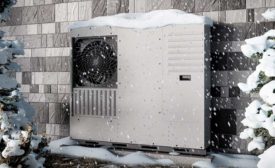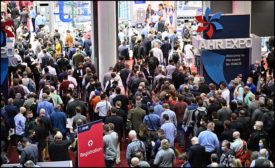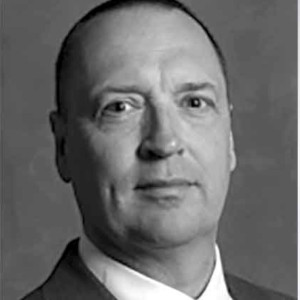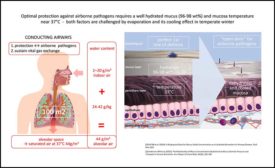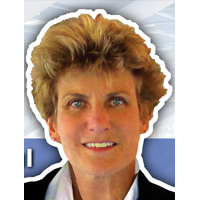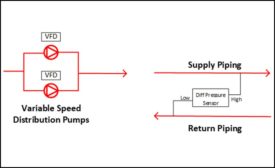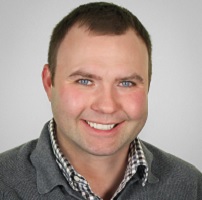Home » Publications » Engineered Systems Magazine
Engineered Systems Magazine
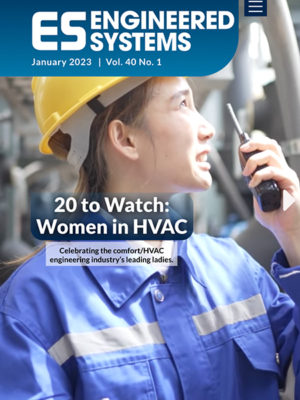
2023 January
Feature Articles
Back to TopBest practices for conquering risks and cost inefficiencies with prefabricated duct.
Read More
The Decarbonization of Existing Heating Hot Water Systems
Replacing fossil fuel boilers with electric heat pumps is a significant technical challenge, particularly in cold climates.
January 10, 2023
The Conversion of Electric Resistance Space Heating Systems to Hot Water
The conversion from electrical to hot water space heating and DHW can be expected to reduce the energy cost for heating by more than 20% in most cases.
January 5, 2023
Optimizing HVACR Trade Show Attendance
In deciding where to go and who to talk to, attendees should consider what they want to learn about the products and technologies they're most interested in.
December 29, 2022
Columns
Back to TopLooking Back to Look Forward
My first 'Energy Engineering' column was published in Engineered Systems in January 1992.
January 12, 2023
IAQ Without Proper Humidity Will Not Support Occupant Health
Do we even know what ‘doing the right thing’ is anymore?
January 11, 2023
Commissioning Lead/Lag Pumping Operations: Part I, Identifying a Designer’s Intent
If a system was designed to operate in lead/lag, but lead/standby was implemented, it would not be able meet the flow requirements during the highest load periods.
January 9, 2023
Stulz’s Air Conditioning Test Center Is One of Europe’s Most Powerful
The center offers air conditioning test capacities of up to 1 MW on an area of 1,110 square meters, making it one of the most powerful facilities of its kind for mission critical cooling systems in Europe.
December 30, 2022
The Blueprint: ASME’s Paul Fakes
Paul Fakes, director of government relations, ASME, offers his perspective on the legislation in the latest installment of The Blueprint Q&A.
December 16, 2022
Conference Center Filter Upgrades Using Performance Contracting Project Delivery
An IAQ audit of the existing central air systems will access multiple space temperature, humidity, particle count samples, and other data.
December 28, 2022
A Recession Is Coming
In preparation, ensure your firm is carefully managing its cash flow and doing all it can to retain key employees.
December 26, 2022
Get our new eMagazine delivered to your inbox every month.
Stay in the know on the latest HVACR engineering trends.
SUBSCRIBE TODAY!Copyright ©2024. All Rights Reserved BNP Media.
Design, CMS, Hosting & Web Development :: ePublishing

